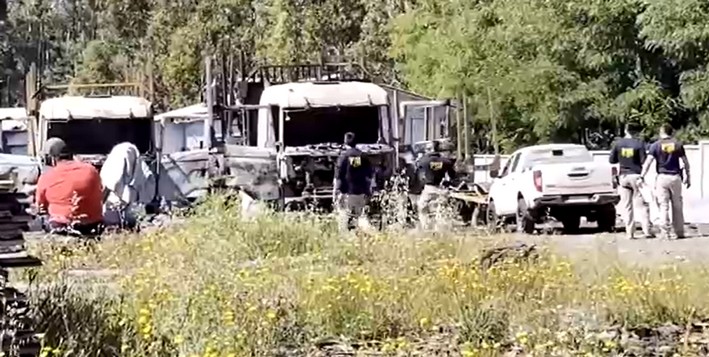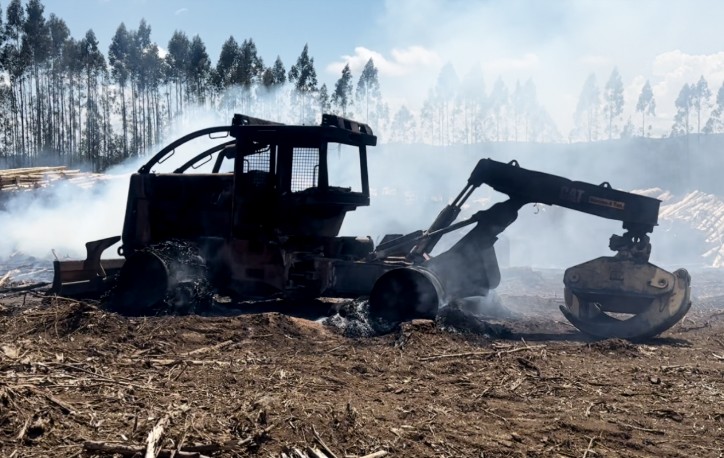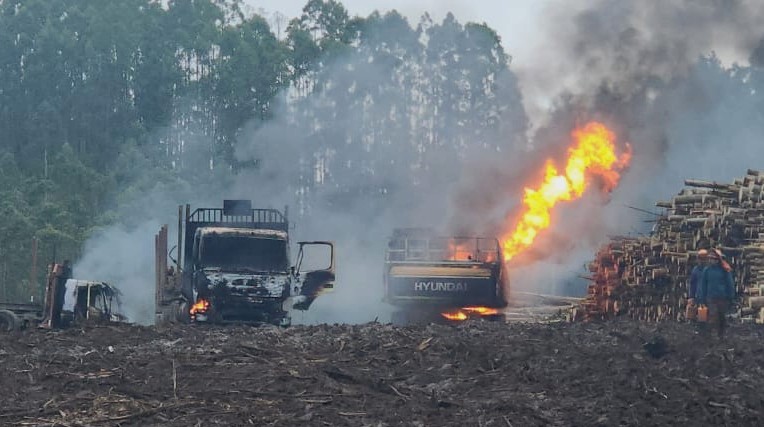Reflections on the Chilean Forestry Sector
By Hans Grosse W., Forestry Engineer and Dr. in Silviculture.
For decades, we have witnessed the growth of a sector that was built through significant public and private efforts. Perhaps it all began with the innovative initiatives of a Vicuña Mackenna or a Federico Albert as early as the late 19th century. Later, the forest law contributed to the afforestation of 190 thousand hectares until the mid-20th century.
From there, various universities began training sector professionals in the second half of the 20th century, and public institutions were organized through Infor, Coref, and later Conaf, with Corfo driving industrialization and afforestation. Decree Law 701 massively promoted afforestation and exports, while the supply of timber in the domestic market grew enormously.
A native forest recovery law created the illusion of strengthening this part of the forestry sector through sustainable management. Many things were done right and have served as an example of how to build a virtually non-existent sector. Along the way, mistakes were also made, both technically and strategically, which must be analyzed and corrected to ensure the sector's permanent development.
A private forestry sector with nearly 100 thousand owners of planted and native forests, along with their respective industries, combined with the State's heritage of reserves and national parks, has had to face concerning news in recent years.
Catastrophic fires have significantly diminished the forest heritage, triggered by a mega-drought lasting 15 years, and the increasing intentionality of arson has been a constant threat during summer periods. Timber theft, the burning of machinery, and infrastructure destruction have become a complex reality for those working in the sector in recent years. Additionally, the State lacks a law that promotes, through subsidies, the restoration of burned areas or new afforestation projects. Unfortunately, the native forest recovery law has fallen far short of its expected impact, whether due to its meager management bonuses or the complex procedures required to obtain them.
Is all this a problem between private parties disputing forest heritage in territories where the State merely observes? Or is it rather an issue that must be addressed jointly by private actors and the State?
Undoubtedly, it is the latter. But are actions being well-coordinated to address these problems? The private sector acts through its associations, repeatedly voicing their grievances. Is the State adequately equipped to resolve this? Who is the State's interlocutor? The efforts of the Ministry of Agriculture (Minagri) and its institutions, as well as the Ministry of the Interior, to contribute to solving these problems are acknowledged. But has real progress been made? Everything indicates the need for an institutional framework aligned with the challenges, capable of coordinating sectoral actions from the executive branch. A logical proposal is to establish a forestry undersecretariat within Minagri, exclusively focused on forestry issues and driving actions for the sector's sustainable future.
And what are the challenges for this necessary public-private collaboration to break the current stagnation? Recognizing that the foundation for expected development is outlined in the forestry policy document up to 2035, special emphasis should be placed on two fundamental support tools to promote sustainable forest management. Urgently needed are the restoration of planted forests destroyed by fires and fulfilling Chile's international commitments to the United Nations. On the other hand, the "native forest recovery law" must be modified to truly serve its intended purpose. Both actions require State support to make them happen. For planted forests, focusing on medium and small owners, a new promotion law is essential to maintain past productivity levels.
Among the top priorities for native forests are second-growth forests dominated by Nothofagus species, which must be valorized through silvicultural techniques. Their growth rates are attractive compared to those in Central European countries, which have practiced sustainable management for centuries and now have multifunctional forests serving societal needs. Chile is missing enormous development opportunities in both cases.
Additionally, there is the newly created Biodiversity and Protected Areas Service, which will be responsible for national parks—many of which contain ecologically invaluable forested areas. Historically, funding for these parks has been insufficient, and new challenges must be addressed, possibly involving actors beyond the Chilean State for financing, tourism development, and conservation.
There is no doubt that any forestry development is only possible within a framework of security that allows its operation. Beyond legal and order-related actions, there are new challenges to address with society at large, neighboring communities, and small timber businesses, which may require new models of coexistence and collaboration.
We must look at experiences from other parts of the world on how to harmonize with indigenous communities, learn from them, and adapt them to the national context. At the same time, the long-term operability of the ownership structure must be analyzed, considering the advantages and disadvantages of its concentration. There has been progress in this regard, but more efforts—and above all, generosity—are required from all actors, including the State, the private sector, indigenous communities, and society as a whole. And we must not forget that society depends daily on forest and non-forest products, as well as the environmental services provided by forests. We can dream again of a thriving forestry sector, but only if everyone fulfills their roles, implementing concrete actions within a framework of sustainable management.









